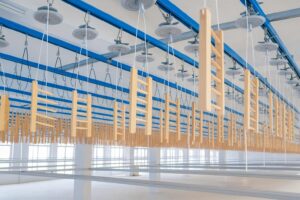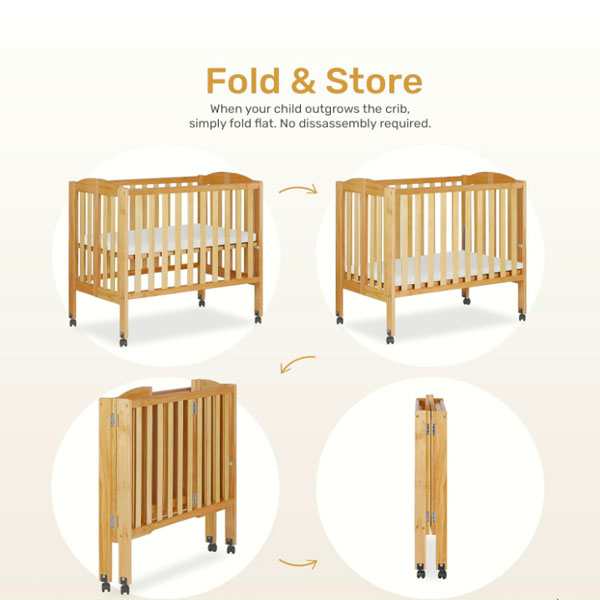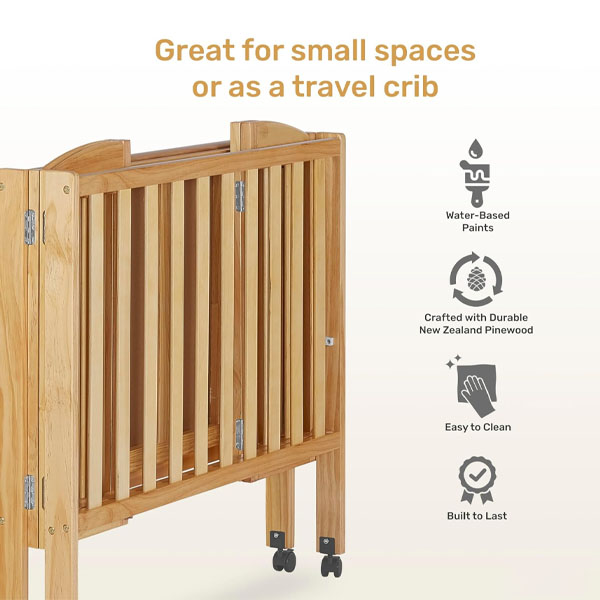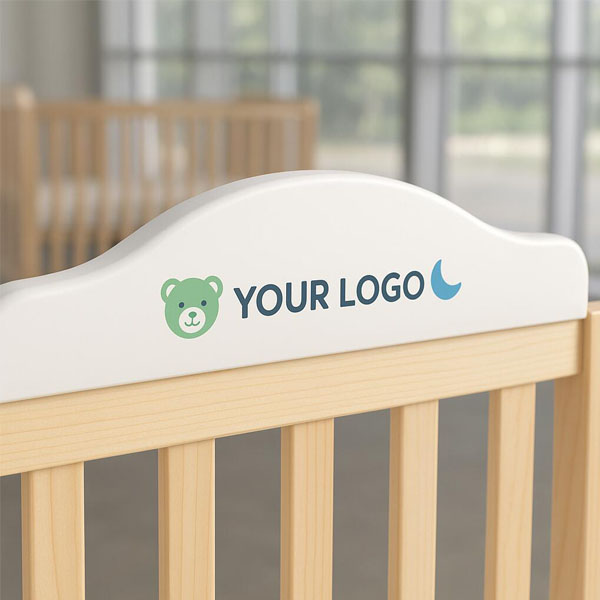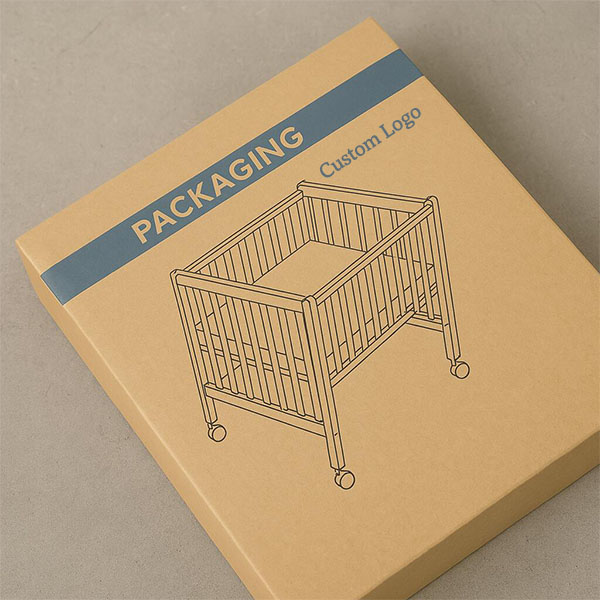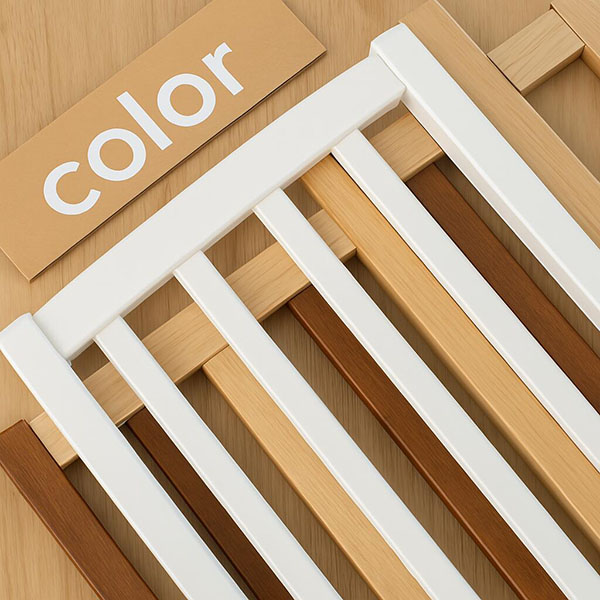What is the Perfect Baby Crib Size?
New parents often panic when measuring nursery space. I once struggled to close drawers near a bulky crib – until I learned these key dimensions.
Standard crib dimensions (54" x 30") safely fit most newborns to toddlers. Measure your room layout and doorways first, prioritize mattress support strength over aesthetics, and always check product certification labels before purchasing.

Crib size affects more than bedroom decor. Let’s analyze how to choose, compare configurations, and solve common sizing dilemmas.
How to Choose the Right Baby Crib Size?
My neighbor’s crib scraped walls during installation. Avoid her mistake by following these measurement protocols.
Select cribs with minimum 28" clearance from other furniture. Use painters tape to map floor dimensions, verify ceiling height for canopies, and test if the crib frame fits through stairwells/hallways before assembly.
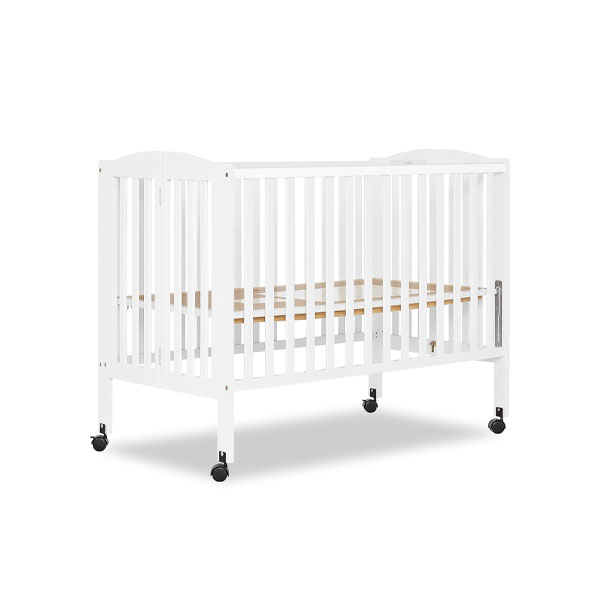
Critical Measurement Factors
| Factor | Requirement | Measurement Tool |
|---|---|---|
| Doorway Clearance | 32" minimum width | Laser distance measurer |
| Mattress Thickness | ≤6" for safety | Flexible sewing tape |
| Wall Distance | 2x crib length buffer | Smartphone AR ruler app |
Depth Analysis: Standard U.S. cribs require 54.5" x 29.5" floorspace. Convertible models needing 60"+ length account for 73% of returns due to spatial miscalculations. I recommend recording video walkthroughs of your nursery and sharing them with retailers for virtual product fitting.
What Are the Pros and Cons of Different Baby Crib Sizes?
Oversized cribs caused my sister to remodel her nursery. Discover which dimensions work best for specific home layouts.
Compact mini-cribs (38" x 24") suit apartments but require earlier upgrades. Standard cribs accommodate 95% of children until age 3. Extended versions offer toddler conversion kits but demand 12%-18% more floor space.
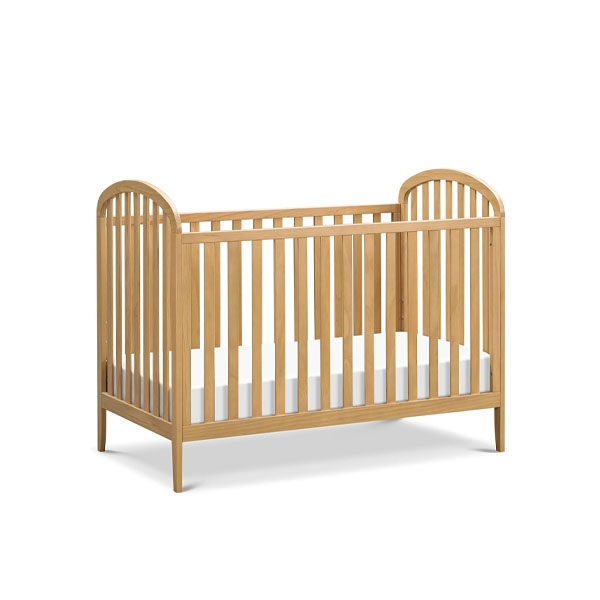
Size Comparison Matrix
| Type | Ideal For | Space Needed | Avg. Use Span |
|---|---|---|---|
| Mini-Crib | Studios/RV living | 15 sq. ft. | 0-18 months |
| Standard Crib | Single-child nursery | 22 sq. ft. | 0-3 years |
| Convertible Crib | Multi-stage use | 28 sq. ft. | 0-5 years |
Technical Insights: Crib slats must be 2⅜" apart regardless of size – measured mine using a soda can (standard 2.6" diameter). Mattress gaps exceeding two fingers’ width (about 1.5") pose entrapment risks. Always physically test clearance when considering non-standard sizes.
Are There Hidden Risks in Baby Crib Size Selection?
leading paragraph:
A "spacious" crib left my friend’s baby trapped against barred walls. Size choices impact safety beyond measurements.
Oversized cribs increase fall risks during climbing phases. Undersized ones cause 23% more limb entrapments according to CPSC data. Match mattress thickness to crib depth – maximum 6" gap between mattress top and rail.
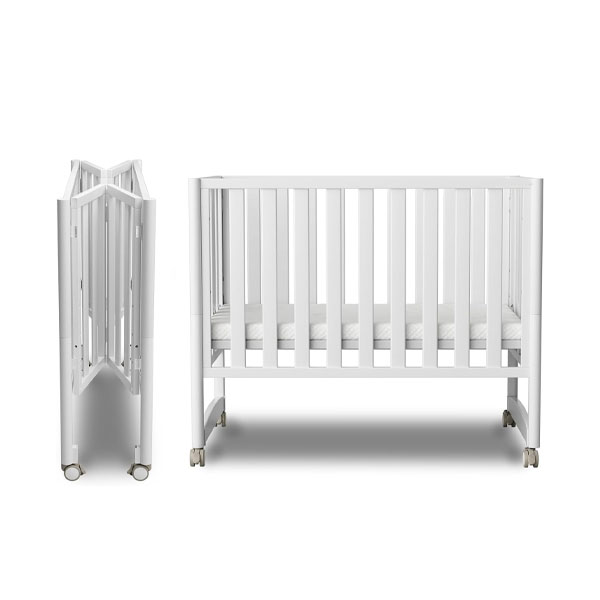
Risk Assessment Checklist
-
Motion Buffer
- At least 8" free space around all sides (prevents rolling injuries)
- Corner post height < 1/16" over rail level
-
Growth Projection
- Head clearance: 10" above standing height
- Weight limit exceeds baby’s projected 2-year weight by 25%
-
Material Expansion
- Wooden cribs expand 3-5mm in humidity – measure during different seasons
Practical Tip: Place cribs 20"+ from windows and radiators regardless of sizing. Test stability by applying 25 lbs of lateral pressure – measurable movement indicates need for wall anchoring.
Conclusion
Choosing crib size involves measuring spaces, predicting growth, and verifying safety certifications. Start with standard dimensions, then customize based on room audits and toddler development plans.

